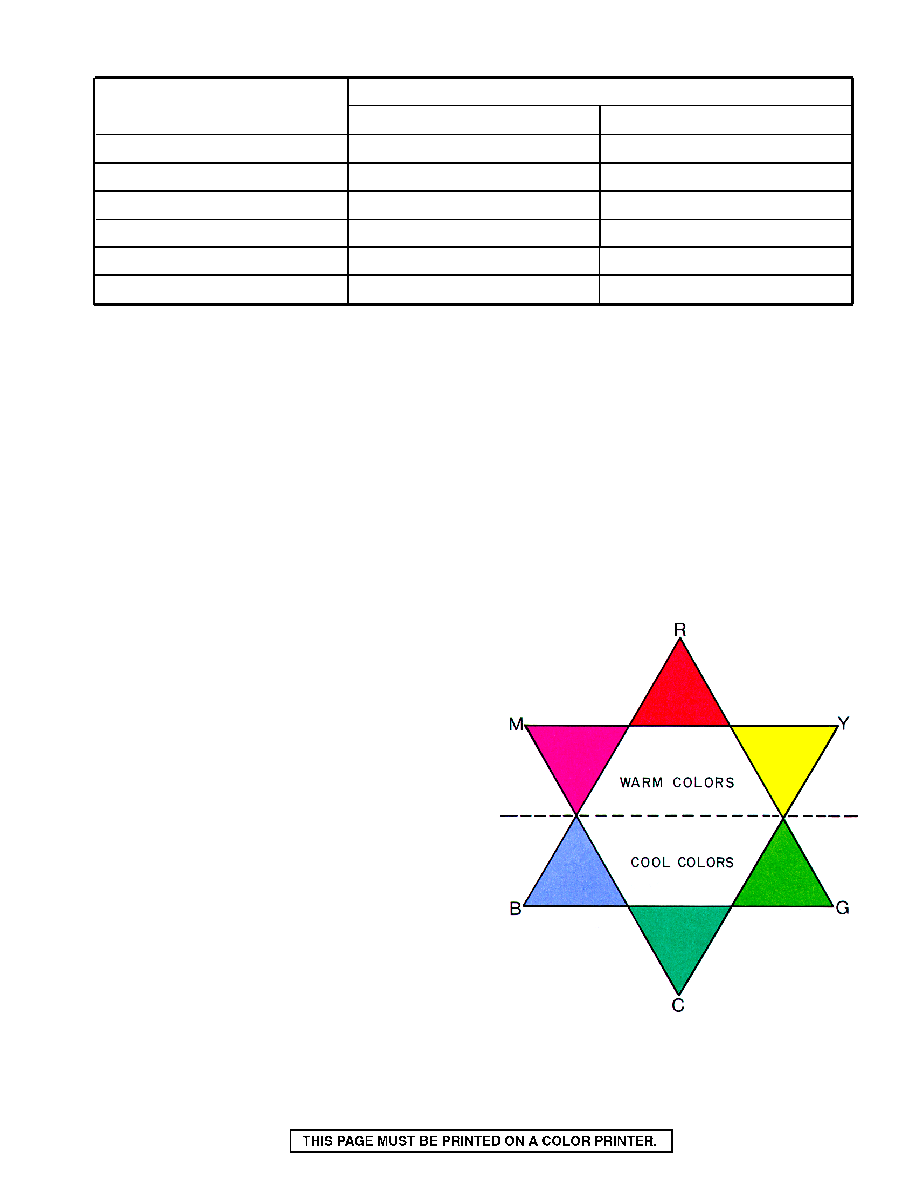
DOFMaster
for Windows
On-line
Depth of Field
Calculator
DOFMaster for Mobile Devices
On-line
Depth of Field
Table
Hyperfocal
Distance Chart
Articles
FAQ
Recommended
Books
Support
Contact
Links
Home
for Windows
On-line
Depth of Field
Calculator
DOFMaster for Mobile Devices
On-line
Depth of Field
Table
Hyperfocal
Distance Chart
Articles
FAQ
Recommended
Books
Support
Contact
Links
Home
As an Amazon Associate I earn from qualifying purchases.
![]()
expect to encounter. Consult the Photo-Lab Index for
the most accurate filtration to use for your film, filter,
and lighting situations. Table 3-4 provides an example
of a good starting point for test exposures. When in
doubt, you should use a filter that provides for average
correction. For daylight film, you should use a 30M
filter with a 2/3 f/stop exposure increase. For tungsten
film, you should use a 50R filter and a 1 f/stop exposure
increase.
combination, the maximum number of filters in front of
a lens should not exceed three. More than three filters
adversely affect image quality. When combining CC
filters, you should avoid creating a neutral density
effect. Neutral density is caused when all three of the
primary colors are present in the combined filters; for
example, a cyan (blue and green) filter and a red filter.
identified in the filter designation, such as CC50Y. The
CC indicates color compensating, the 50 indicates a
peak density of 0.50 to blue light, and the Y is the first
letter of the filter color-yellow. The peak density of a
CC filter refers to the maximum absorption of the color
of light that is complementary to the color of the filter.
CC filters are available only in gelatin squares.
to blue, and magenta is complementary to green.
Basic Photography Course

As an Amazon Associate I earn from qualifying purchases.
WWW.DOFMASTER.COM
© 2006 Don Fleming. All rights reserved.
© 2006 Don Fleming. All rights reserved.